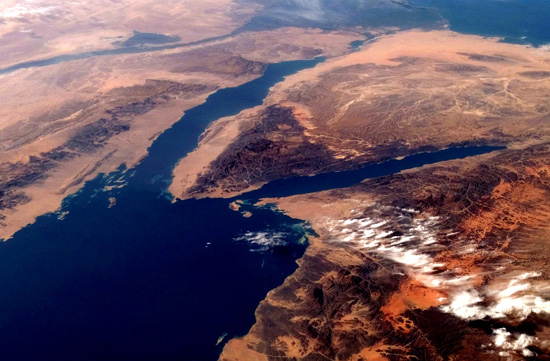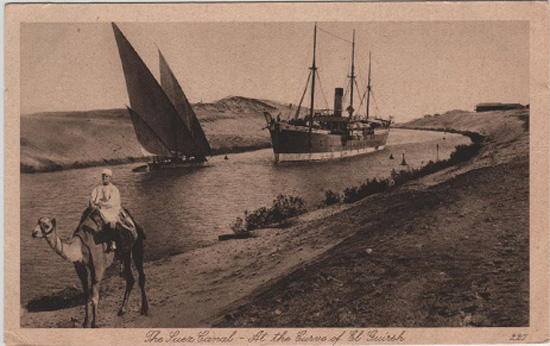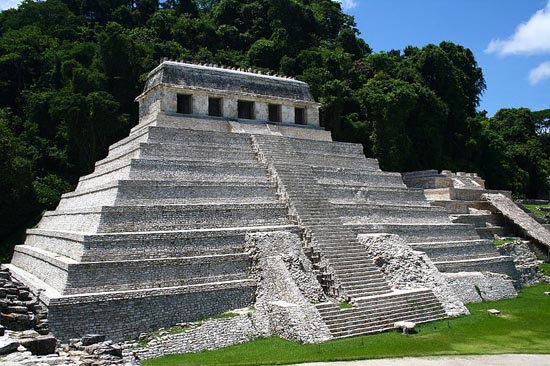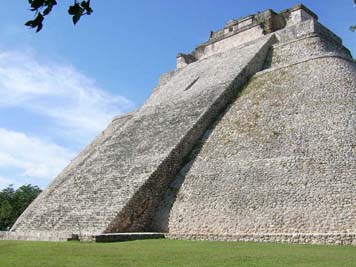Egypt had built a new Suez Canal
Egypt had opened the second Suez Canal (The New Suez Canal) an extra 45-mile parallel lane that runs alongside the original 145-year-old waterway to allow more ships to use the freight thoroughfare each day.
The Suez Canal is one of the most important waterways in the world. The 101-mile of an Artificial waterway in Egypt, The Suez Canal is west of the Sinai Peninsula and serves as a two-way water transport route between Europe and Asia, connecting the Mediterranean Sea to Gulf of Suez, and then to the Red Sea. It allows water transportation between Europe and Asia without navigation around Africa. Opened in November 1869 after 10 years of construction work. It is estimated 30,000 workers were involved in the construction. Along most of the length, there is only one lane for traffic available, though there are a handful of passing bays. It is the longest canal in the world with no locks rather, special gates to allow water levels to rise or fall, seawater flows freely through the canal.
The canal cuts through 3 lakes, the Lake Manzala, in the north which is protected from the canal with bedding on its western side, the Lake Timsah in the middle, and the Bitter Lakes further south. The Bitter Lakes make up almost 30 km of the total length. The idea of connecting the Mediterranean Sea to the Red Sea is as old as the pharaohs. It is historically recorded that Egypt was the first country to dig a man-made canal across its lands to connect the Mediterranean sea to the Red sea via the River Nile and its branches. The first canal in the region seems to have been dug about 1850 BC, it was dug by Senausert III, Pharaoh of Egypt (1874 B.C.), but many attempts to complete the task failed. Desert winds blew into the canal and clogged it. But no evidence that there was an actual canal built exists. The modern canal was planned by the French engineer Ferdinand de Lesseps, who also supervised construction (1859-69). The Suez Canal is actually the first canal directly linking the Mediterranean Sea to the Red sea. It was often called the “crossroads of Europe, Africa, and Asia” because the route is used to transport goods to and from all three continents. Was opened for international navigation on 17 November 1869. It remains one of the planet’s busiest shipping lanes. Through it the vast percentage of Europe’s energy needs are transported from the Middle East oil fields. 8 percent of the global sea trade relies on the Suez Canal. Egypt nationalized its canal on 26 July 1956.The canal was closed five times, The most recent closing occurred during the Six-Day War (in 1967), a brief war between Israel and its Arab neighbors. That lasted for 8 years (1967-1975) and was reopened in 1975. Now the Suez Canal Authority owns and maintains the Suez Canal. However, an international treaty states that the Suez Canal may be used “in time of war as in time of peace, by every vessel of commerce or of war, without distinction of flag.”
















































